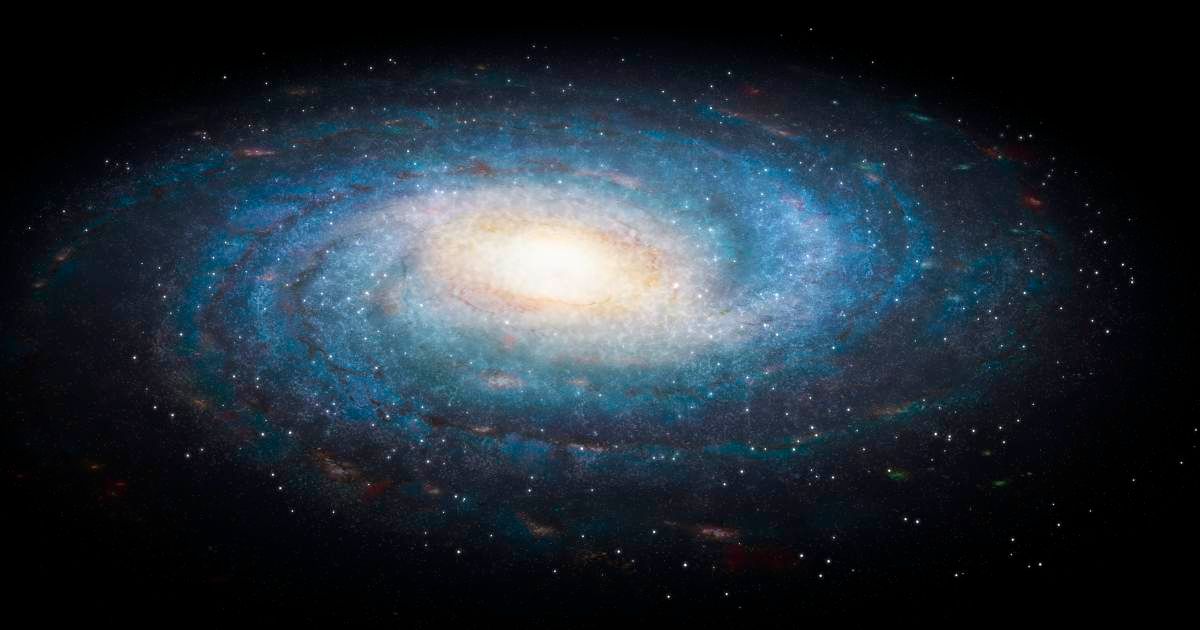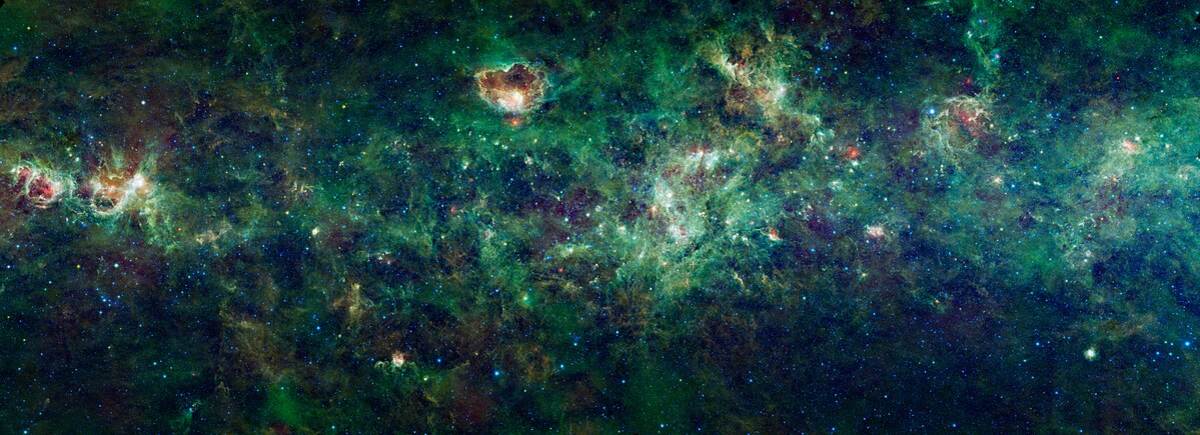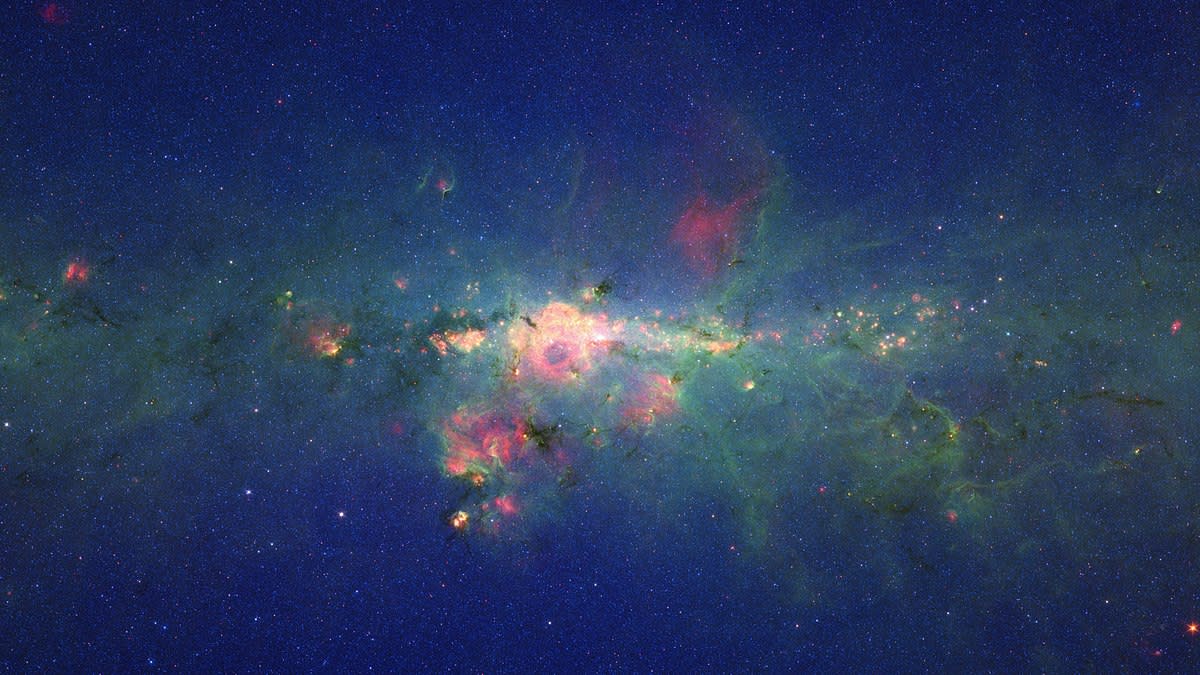'Sounds of Big Bang' Shed New Light on Milky Way Galaxy's Uncanny Home

Most of the astronomical objects are identified by experts based on their position relative to Earth. But where does Earth and its home, the Milky Way Galaxy, lie in the massive picture that is space? Some researchers have found a possible answer to this question by analyzing the sound that was supposedly produced during the Big Bang, according to Science Alert. If the assertions regarding the Milky Way Galaxy's abode are true, then it could also help in solving another mystery, the "Hubble Tension." Findings of this investigation were published in Monthly Notices of the Royal Astronomical Society and discussed at the Royal Astronomical Society National Astronomy Meeting 2025.

Sound of the Big Bang
Researchers believe that the Milky Way Galaxy exists in a void, based on the readings they collected of baryon acoustic oscillations (BAO). They speculate that the universe in its infancy just contained plasma, and nothing else. In that environment, gravity and radiation combined to form pressure waves that could vibrate through this compressed material. At one point, space became so diffuse that it could no longer allow these vibrations to spread further. Hence, these waves got stored as massive structures of spherical arrangements in space. These structures had higher matter density at their edges than in other portions, and are what is considered "sound of the Big Bang."
This 'sound' is a buzz or vibration trapped in space, which is visible to astronomers as rings called BAO. These rings are easy to locate, as all the vibrations froze at around the same size, in diffuse space. This size was 1 billion light-years in diameter, making it easy for researchers to calculate how far away from Earth they must be in the universe. Past calculations suggested that if the Milky Way Galaxy is in a void, then a specific distortion will be noticed in these BAOs. The team analyzed two decades of data they had on BAOs and noted a deviation from the standard model of cosmology.

This deviation aligned with the distortion expected from the presence of the Milky Way Galaxy in a void. "A local void slightly distorts the relation between the BAO angular scale and the redshift, because the velocities induced by a local void and its gravitational effect slightly increase the redshift on top of that due to cosmic expansion," cosmologist Indranil Banik of the University of Portsmouth explained. "By considering all available BAO measurements over the last 20 years, we showed that a void model is about one hundred million times more likely than a void-free model with parameters designed to fit the CMB observations taken by the Planck satellite, the so-called homogeneous Planck cosmology."
Solving the Mystery of Hubble Tension
Hubble tension is the inconsistency that exists in the measurement of the "Hubble constant" from different objects. The Hubble constant is the rate at which the universe is expanding. It is believed to be around 67 kilometers per second per megaparsec based on features from the early universe, such as the cosmic microwave background and BAO. However, recent universe phenomena, such as Type Ia supernovae and Cepheid variable stars, the Hubble constant being around 73 kilometers per second per megaparsec. It implies that the universe is expanding at a faster rate compared to the readings produced by the early universe, as reported by Discover Magazine.
Researchers believe that the universe being in a void could explain this "tension." As per the proposed theory, the Milky Way Galaxy is near the center of a void, and the exterior of the void, with all its astronomical objects, would have more density compared to the void's center. Since the exterior portion has more density, its gravity must be successfully pulling the contents of the void towards itself. The objects away from the Milky Way Galaxy would be pulled faster due to their proximity to the outer regions of the void. Banik believes that this is what gives the appearance of a faster expansion rate in the case of objects like Type Ia supernovae and Cepheid variable stars, which are closer to the void's exterior than the Milky Way Galaxy.
Future Steps
To further verify their assertion, the team will now look into the lights produced by galaxies that are no longer manufacturing stars. They will examine the stars already located in those galaxies and try to understand the age of the galaxies based on that. This data will then be combined with the details they have about redshift, the manner in which the wavelength of a galaxy's light gets stretched as it goes farther away from Earth. It will hopefully shed more light on how the universe expands and prove the void theory right or wrong.